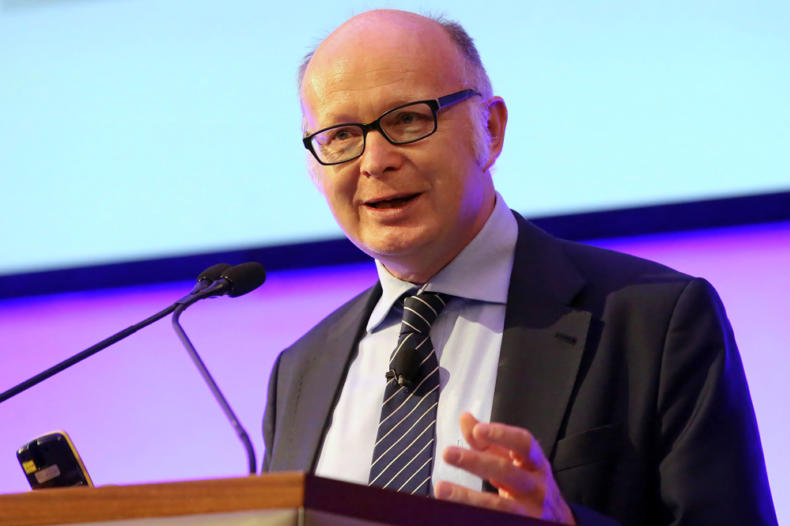The ups and downs of naming pharmaceuticals
Naming in the pharmaceutical industry is full of challenges, but incredibly valuable. Christian Schalk from Bayer revealed the advantages and pitfalls at our 2019 Spring Conference.

‘The pharmaceutical industry is special and highly regulated,’ Christian told a lively audience. ‘Product owners must interact with both trade mark offices and health authorities—two parties with different interests and requirements.’ The trade mark offices’ primary concern is the viability of the name, while the health authority is looking out for customer safety.
So, before even starting, the naming process in pharmaceuticals is subject to greater challenges than many other industries.
Despite that, it’s a key process because there are such big benefits to registering trade marks for pharmaceutical products. The main one is that, provided there’s an accompanying patent, the owner has exclusive rights over the trade mark, which gives them enhanced protection. This doesn’t apply to international non-proprietary names (INNs), the active ingredient of the product, which nobody can own.
The World Health Organisation (WHO) encourages pharmaceutical companies to market products using only their company name and INN, which would make it hard for customers to see the difference between products. Marketing with trade marks gives products a clear identity and therefore an advantage over those that follow WHO’s advice.
A trade mark can also represent all the information and experience customers have of a brand. This makes for instant quality recognition, simplifying the customers’ decision-making process when faced with lots of choice. They ensure greater longevity, too, as trade marks stay alive after patents and copyright have expired.
But a good pharmaceutical trade mark can be very difficult to secure. The product owners not only have to contend with two regulatory authorities, they also have to navigate linguistic complexities—and even consider how the name will look when written by a doctor with messy handwriting. With that in mind, it’s of little surprise that 40% of pharmaceutical trade marks are rejected by the authorities.
Surely handwriting shouldn’t make that much of a difference? But of course it does because even minor errors in the medical industry can be fatal.
Christian used the example of the two medicines, Lamictal and Lamisil. One treats epilepsy, the other fungal infections. The chance of confusion is too risky and dangerous. It is tempting to think that computers overcome this issue, but there will always be times when prescriptions are handwritten. For example, home visits by doctors late at night.
Another concern is semantics across languages. If a trade mark is not thoroughly vetted, a word completely inoffensive in one language could mean something terrible in other. Christian brought this to life for us with two vivid examples.
Oviol is a German contraceptive. The name has no meaning in German, beyond being a trade mark. In French, if you remove the first ‘o’ and write ‘viol’, it means ‘rape’. Another product that sold successfully in Germany, the Mitsubishi Pajero, could not be marketed in Spain due to its rude meaning in Spanish. This is a more common than people might think.
Christian brought his lecture to a close with warm applause from all directions. While it was clear that complications can frustrate the naming process of pharmaceutical products, we could all see just how beneficial securing a trade mark registration for them can be.
Christian Schalk is senior trade mark counsel for Bayer

